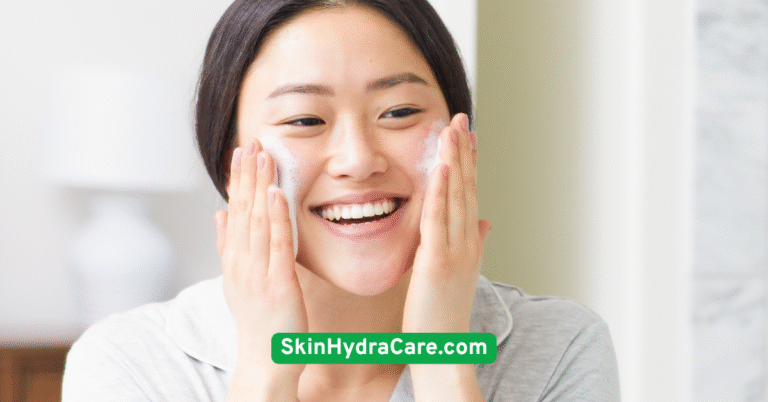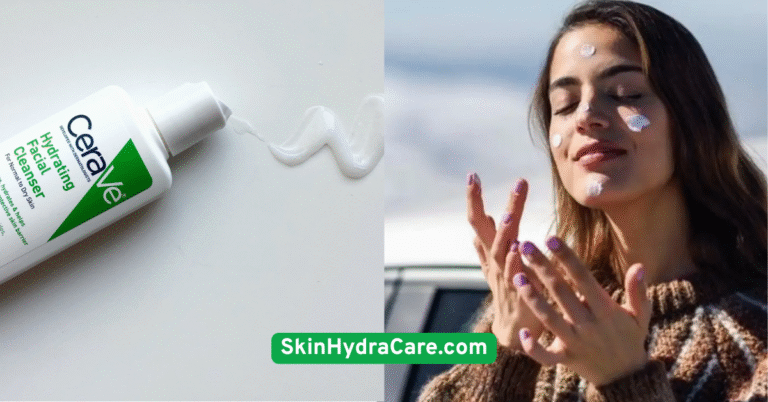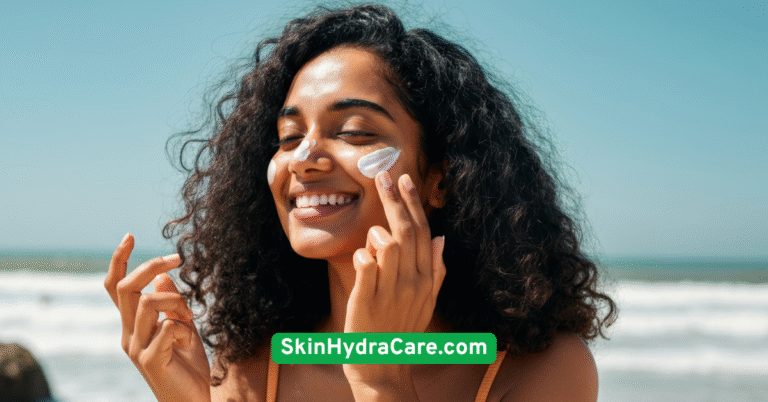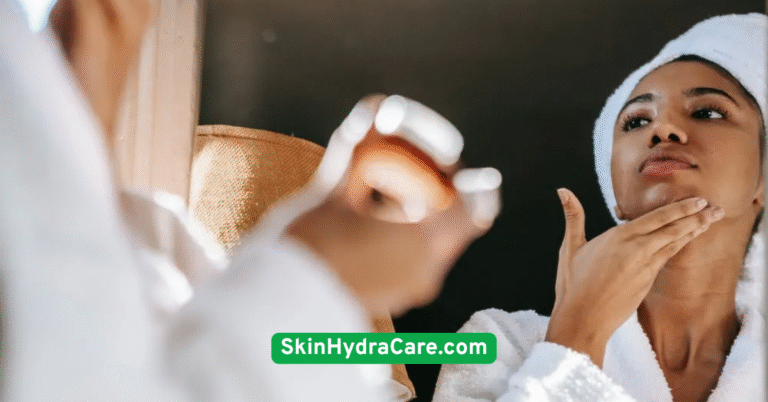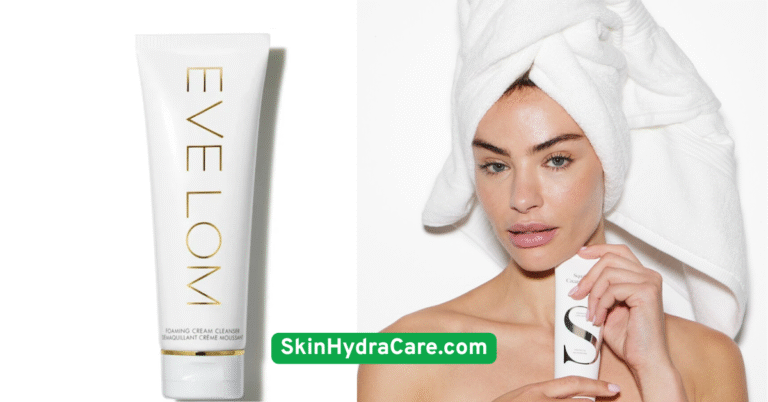10 Restorative Skincare Tips to Calm Redness

1. Start With a Gentle, Sulfate-Free Cleanser
Your cleanser is the first step in your skincare routine—and one of the most important if you’re dealing with redness. Harsh foaming agents, like sulfates, can strip your skin of natural oils and worsen inflammation. Instead, go for sulfate-free, fragrance-free options packed with calming ingredients.Look for formulations with glycerin, chamomile extract, or colloidal oatmeal. These not only clean effectively but also hydrate and soothe in the process. A creamy or milky texture is ideal—think of it as a comfort blanket for your skin.Over-cleansing can be just as damaging. If you’re double-cleansing, consider doing it only when you’ve worn heavy sunscreen or makeup. Otherwise, a single cleanse with lukewarm water and a non-stripping formula is more than enough.

2. Keep Your Water Lukewarm, Not Hot
Hot showers might feel amazing, especially on cold nights, but your skin doesn’t agree. Hot water dilates blood vessels, increases circulation to the surface, and can worsen redness—especially for those with rosacea or ultra-sensitive skin.Try washing your face with lukewarm water instead. It’s warm enough to dissolve dirt and oil but gentle enough to avoid flare-ups. Bonus tip? Finish with a cool water splash to tighten the pores and provide immediate relief to inflamed areas.Using lukewarm water also helps your skincare products absorb more effectively without shocking the skin barrier. This simple habit alone can make a huge difference over time.

3. Choose a Fragrance-Free, Hypoallergenic Moisturizer
Moisturizing is essential when trying to repair your skin barrier—especially after exposure to irritants or environmental stressors. But not all moisturizers are created equal. Fragrances, essential oils, and alcohol can all act as triggers for redness-prone skin.Reach for a hypoallergenic, fragrance-free cream rich in ceramides, niacinamide, or panthenol. These ingredients help restore the skin’s natural protective barrier, lock in moisture, and prevent future irritation.For best results, apply your moisturizer on damp skin right after cleansing or misting. This helps trap hydration and creates a more effective moisture seal.

4. Add a Calming Serum With Anti-Redness Ingredients
Serums are like a supercharged shot of nutrients for your skin. When redness is a concern, opt for formulas that feature calming, anti-inflammatory ingredients like:Centella asiatica (aka Cica): known for repairing the skin barrierGreen tea extract: a natural antioxidant with soothing propertiesAzelaic acid: helps reduce redness and even out skin toneSteer clear of serums with strong actives like high-percentage AHAs, BHAs, or retinol unless your skin is already accustomed to them. When in doubt, patch-test and introduce products slowly—every other night is a good start.A calming serum under your moisturizer can significantly improve skin tone and texture within weeks—just be consistent and patient!

5. Use a Hydrating Toner or Essence (Skip the Astringents!)
Toners get a bad rap, but when chosen wisely, they can be incredibly beneficial. The key is avoiding old-school astringents that contain alcohol, witch hazel, or menthol—all of which can dry out and inflame the skin.Instead, go for hydrating toners or essences with hyaluronic acid, rose water, or oat extract. These help replenish moisture post-cleansing and prepare your skin to better absorb serums and creams.If your skin tends to feel tight or dry after washing, a soothing essence is a must-have. It’s like giving your skin a refreshing drink of water—without irritation.

6. Apply Aloe Vera Gel or Cucumber Mask for Cooling Relief
Sometimes your skin needs instant calm—and nothing beats natural remedies like aloe vera or cucumber for that. Aloe vera has natural anti-inflammatory and healing properties that help reduce redness and support skin repair.You can use pure aloe gel straight from the plant or opt for store-bought options labeled “100% aloe vera.” Just make sure the formula doesn’t include alcohol or fragrance.Cucumber slices or masks offer a similar effect. Store them in the fridge for an extra cooling boost—a great tip for summer or post-sun exposure.These natural remedies are gentle, effective, and budget-friendly, making them a perfect addition to your restorative routine.

7. Strengthen Your Skin Barrier With Niacinamide
One ingredient that’s gained massive love in the skincare community—and for good reason—is niacinamide. This vitamin B3 derivative is a redness-fighting powerhouse that:Strengthens the skin barrierReduces blotchiness and sensitivityImproves uneven tone and textureStart with a 5% concentration if you’re new to it. Higher percentages may irritate already inflamed skin. You can find niacinamide in serums, moisturizers, and even toners.Apply once daily and increase usage as your skin tolerates it. Within a few weeks, you may notice a more balanced, radiant complexion with less visible redness.

8. Skip Harsh Exfoliants—Try Gentle Enzyme Peels Instead
Over-exfoliation is a major culprit behind persistent redness. Scrubbing your face raw with physical exfoliants or harsh acids only damages the skin barrier further.Switch to gentle enzyme exfoliators derived from papaya, pumpkin, or pineapple. These offer a mild resurfacing effect without abrasion or inflammation.Exfoliate only once a week, and skip it altogether if your skin is actively flaring up. Think of exfoliation as a treat—not a daily habit. Less is truly more here.

9. Always Wear SPF (Even Indoors!)
This cannot be stressed enough: UV exposure is one of the biggest triggers for skin redness, irritation, and sensitivity—even through windows or on cloudy days.Choose a mineral-based sunscreen with zinc oxide or titanium dioxide. These ingredients physically block UV rays and are less likely to irritate compared to chemical filters.Look for SPFs labeled as “calming,” “soothing,” or “for sensitive skin.” Apply generously every morning—even if you’re staying indoors—and reapply if needed.This daily step not only prevents redness but also slows signs of aging and keeps your skin tone even and smooth.

10. Simplify Your Routine and Avoid Product Overload
It’s easy to think more products = better results. But when your skin is red and reactive, a minimalist routine is your best ally.Stick to a core lineup: cleanser, hydrating toner or serum, moisturizer, and SPF. That’s it. Avoid layering multiple actives unless recommended by a professional.If you’re unsure what’s causing your redness, keep a skincare journal. Track new products, flare-ups, and environmental triggers to help pinpoint the issue.Over time, a simplified, calming routine can lead to major improvements in skin tone, comfort, and overall health.

Conclusion
Dealing with redness doesn’t have to be a lifelong struggle. With the right knowledge, a bit of patience, and a gentle hand, your skin can heal, strengthen, and thrive. These 10 restorative tips aren’t just trends—they’re backed by science, dermatologist advice, and real-life results. From embracing niacinamide and SPF to tossing the scrub and simplifying your skincare, each change adds up. So take a deep breath, go slow, and be kind to your skin. The glow you’ve been craving? It starts with calm. Ready to soothe your skin and restore your confidence? Let these tips guide your way—because glowing skin begins with balance.
